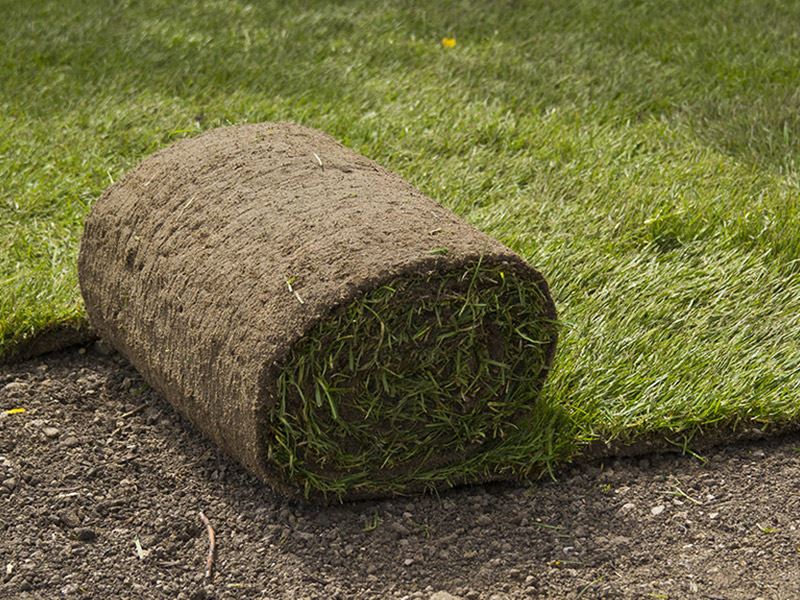
Let's start with the golden rule of the word gardener. qualified soil = beautiful plant. a good gardener keeps his soil superior to his plants; he works with him to offer him the best. A famous gardener: '' The fact that the soil is decided by the land is always ignored, it is not the rare plants that apply, but the best and the most beautiful way to take advantage of them is that they may require more imagination than many times, '' he said. When we say qualified soil, we immediately think of the land that contains plenty of land. Before selecting the plant, you need to examine the soil thoroughly. some plants with clay (lilac, rose, purple bunch) with acidic (camellia, azalea), some of the sandy soil likes (tulip, anemone, etc.) if we know our soil well with very little error to get our chance to establish our garden. this way we rule out the rule of decay. You can plant the plants in soil which is not suitable for their structures. Although things seem to be working well, do not expect them to develop over time. each plant first wants its climate and then its soil. The surrounding trees, stunted trees and grasses can give us an idea. By getting to know our land better, we will better determine the contributions we will bring to it. Additive materials, similar to each other, which is the need for soil humus (permeability), should not be mixed with additional nutrients to increase efficiency. the first one is the support in which the plants grow, and the second is the additives that seek the yield of the soil. two ways to recognize our land to do the first analysis, the other hand to examine the structure. The first way is more scientific, the second way is somewhat experimental. Although things seem to be working well, do not expect them to develop over time. each plant first wants its climate and then its soil. The surrounding trees, stunted trees and grasses can give us an idea. By getting to know our land better, we will better determine the contributions we will bring to it. Additive materials, similar to each other, which is the need for soil humus (permeability), should not be mixed with additional nutrients to increase efficiency. the first one is the support in which the plants grow, and the second is the additives that seek the yield of the soil. two ways to recognize our land to do the first analysis, the other hand to examine the structure. The first way is more scientific, the second way is a little experimental. Although things seem to be working well, do not expect them to develop over time. each plant first wants its climate and then its soil. The surrounding trees, stunted trees and grasses can give us an idea. By getting to know our land better, we will better determine the contributions we will bring to it. Additive materials, similar to each other, which is the need for soil humus (permeability), should not be mixed with additional nutrients to increase efficiency. the first one is the support in which the plants grow, and the second is the additives that seek the yield of the soil. two ways to recognize our land to do the first analysis, the other hand to examine the structure. The first way is more scientific, the second way is a little experimental. The surrounding trees, stunted trees and grasses can give us an idea. By getting to know our land better, we will better determine the contributions we will bring to it. Additive materials, similar to each other, which is the need for soil humus (permeability), should not be mixed with additional nutrients to increase efficiency. the first one is the support in which the plants grow, and the second is the additives that seek the yield of the soil. two ways to recognize our land to do the first analysis, the other hand to examine the structure. The first way is more scientific, the second way is a little experimental. The surrounding trees, stunted trees and grasses can give us an idea. By getting to know our land better, we will better determine the contributions we will bring to it. Additive materials, similar to each other, which is the need for soil humus (permeability), should not be mixed with additional nutrients to increase efficiency. the first one is the support in which the plants grow, and the second is the additives that seek the yield of the soil. two ways to recognize our land to do the first analysis, the other hand to examine the structure. The first way is more scientific, the second way is a little experimental. It is necessary not to mix the additional nutrients that increase the yield. the first one is the support in which the plants grow, and the second is the additives that seek the yield of the soil. two ways to recognize our land to do the first analysis, the other hand to examine the structure. The first way is more scientific, the second way is a little experimental. It is necessary not to mix the additional nutrients that increase the yield. the first one is the support in which the plants grow, and the second is the additives that seek the yield of the soil. two ways to recognize our land to do the first analysis, the other hand to examine the structure. The first way is more scientific, the second way is a little experimental.